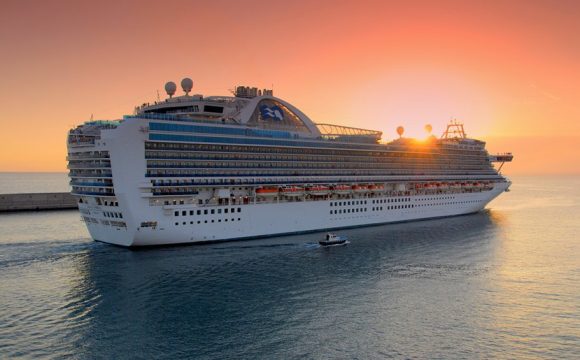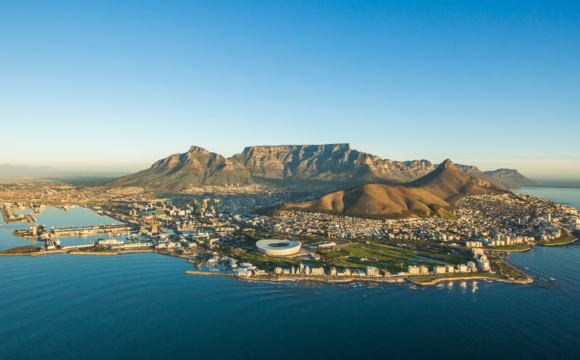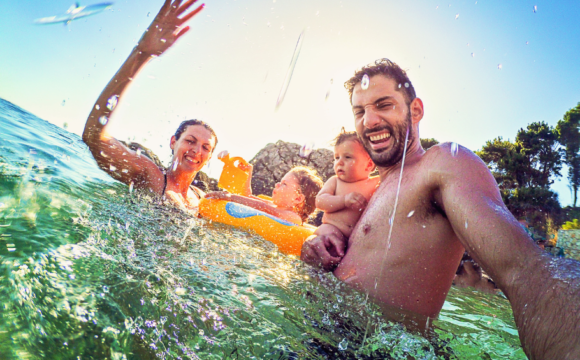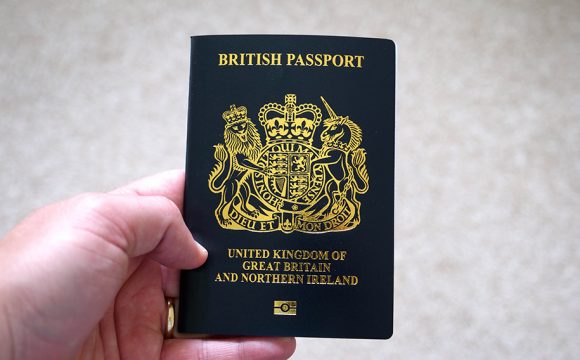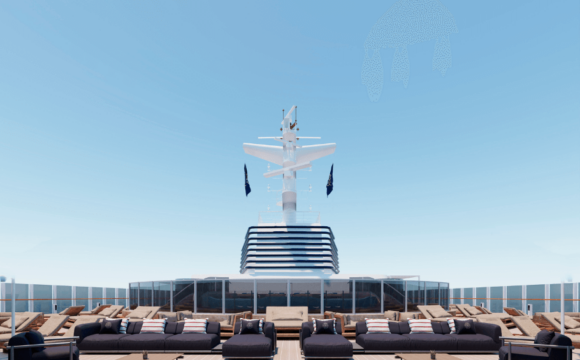A new study from tailor-made travel specialist, Hayes & Jarvis, highlights the Australasian hotspots for seeing marine wildlife, from green turtles and thresher sharks, to blue whales and bottlenose dolphins – including where they make their habitats and where they travel during nesting and feeding seasons.
It’s been estimated that there are 8.7 million species on Earth – and potentially two million are in the sea. So if you’re looking to spot unusual and interesting animals, why not turn your attention to the ocean?
Where to Spot Marine Wildlife in Australia
Australia is a big country – so even during an extended holiday you might not find time to visit all the main marine wildlife habitats. If you’re wild about whales or set on seeing sharks, make sure you head to:
- Darwin – Darwin is one of the best launching points for a marine expedition, with turtles, dolphins, and dugongs all in easy viewing range across the northern coast of Australia – especially in the Gulf of Carpentaria.
- Brisbane – For those travelling along the east coast, Brisbane is a fantastic place to see dugongs, spotted wobbegong sharks and southern right whales, with natural habitats dotted up and down Australia’s warm eastern waters.
- Adelaide – Whales are often drawn to the waters closer to Antarctica for feeding, and move to warmer waters near the southern Australian coast during the winter to breed – making Adelaide a good central spot to see the different population groups.
- Melbourne – Melbourne shares access to the whale habitats of the southern Australian coast with Adelaide, but while Adelaide and Canberra have a shorter trip to see them, Melbourne also offers sights of the distinctively coloured Port Jackson sharks in the Bass Strait where they go to feed in the summer.
The Other Wildlife in the Sea
Australia is one of the best places to see humpback whales and bottlenose dolphins, but there are so many more animals to see around the wider Australasia sub-region – including:
- Spinner Dolphins – Spinner dolphins are among the more acrobatic breeds of dolphin, leaping and spinning high into the air, giving them their name. There are over 30 species of dolphins in the world, some of which reside in Australian waters. They primarily gather on the west coast, in Northern Territory waters, or along the east coast between Queensland and the Great Barrier Reef.
- Grey Nurse Sharks – Also known as sand tiger sharks or spotted ragged-tooth sharks, grey nurse sharks eat large marine animals like squid, rays, and even smaller sharks.
- Dugongs – Dugongs are best seen in Australia, as the country is host to some of their primary habitats, with approximately 10,000 living in Shark Bay alone. They’re similar to manatees but with dolphin-like tails, and gather in Moreton Bay and Shark Bay in the summer to feed. They can live for longer than 70 years!
- Southern Right Whales – A baleen whale, the southern right can be recognised by patches of hard white flesh on its head, a long mouth, which begins above the eye, and no dorsal fin. While they travel to Antarctica in the summer, in the winter they venture north to southern and southeast Australia.
- Hawksbill Turtles – Commonly found nesting on the Arnavon Islands in the South Pacific or feeding in the Great Barrier Reef, the hawksbill’s shell is the design on which the “tortoiseshell” pattern is based. Within the last couple of years they have also been found to be the only known reptile to be biofluorescent – to glow and reflect different colours.






